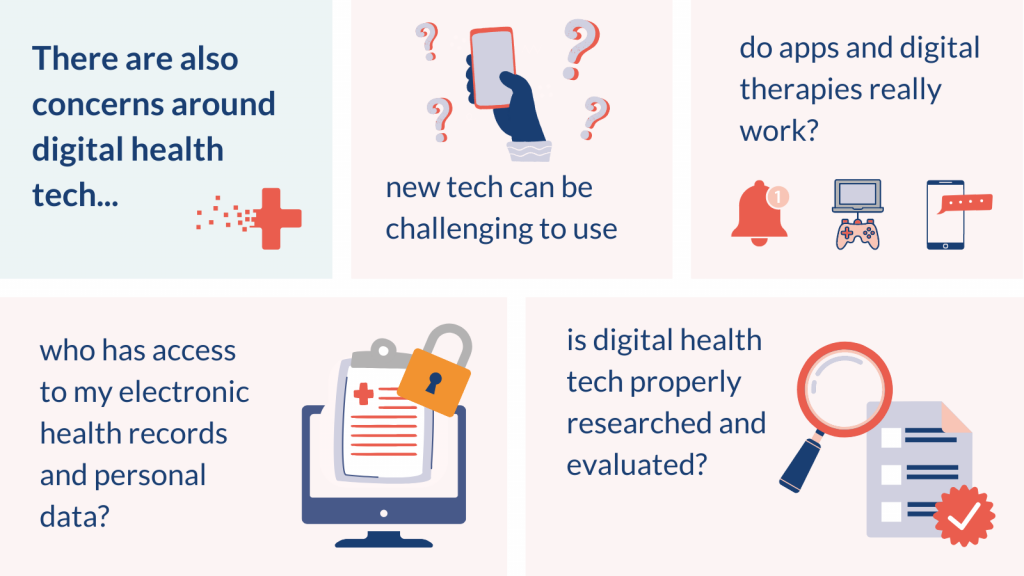In today’s digital age, technology has become an integral part of our lives. From smartphones to tablets, laptops, and smart TVs, there is no escaping the influence of screens on our daily routines. As parents, it is essential to navigate the world of technology responsibly and ensure the digital health of our families. In this article, we will explore strategies for managing screen time and fostering a healthy relationship with technology.
The Impact of Screen Time on Children
Unrestricted screen time can have detrimental effects on children’s physical and mental well-being. Excessive time spent in front of screens has been linked to sedentary behavior, obesity, poor academic performance, and sleep disturbances. Moreover, prolonged exposure to digital devices can lead to digital eye strain, affecting children’s vision and overall eye health.
To mitigate these risks and promote a balanced lifestyle, it is crucial for parents to establish boundaries and guidelines around screen time.
Setting Screen Time Guidelines
When it comes to managing screen time, a proactive and structured approach is key. Here are some guidelines to consider:
1. Age-appropriate Limits
Screen time recommendations vary with age. The American Academy of Pediatrics suggests no screen time for children under 18 months, excluding video-chats. For children aged 2-5, screen time should be limited to one hour or less per day, focused on educational content. Older children and teens should have consistent limits, encouraging a healthy balance between online and offline activities.
2. Tech-free Zones
Designate specific areas of your home as tech-free zones, such as the dining table or bedrooms. Encourage family members to disconnect from devices during mealtimes and before bedtime. Creating tech-free zones fosters better communication, promotes family bonding, and allows for uninterrupted rest.
3. Use Technology for Productive Purposes
Encourage children to utilize technology for educational and creative purposes. Engaging with age-appropriate apps, online learning platforms, and educational games can supplement children’s learning journey. By harnessing the potential of technology, you can transform screen time into a valuable and enriching experience.
Fostering a Healthy Relationship with Technology
While setting screen time limits is crucial, it is equally important to foster a mindful and balanced relationship with technology. Here’s how:
1. Be a Positive Role Model
Children emulate their parents’ behaviors, so practicing responsible technology use yourself is paramount. Model healthy habits by limiting your own screen time, prioritizing face-to-face interactions, and engaging in offline activities. By demonstrating a balanced approach, you communicate the importance of moderation and self-control to your children.
2. Encourage Physical Activity
Ensure that children engage in regular physical activities to counterbalance sedentary screen time. Encourage outdoor play, enroll them in sports or dance classes, or embark on family adventures that involve movement. Regular exercise not only boosts physical fitness but also contributes to mental well-being.
3. Create Tech-free Time
Dedicate specific periods of the day to tech-free activities. Encourage reading books, engaging in creative hobbies, or enjoying quality time together as a family. By establishing boundaries and cultivating offline interests, you help your children develop a healthy relationship with technology and appreciate the value of non-digital experiences.
The Importance of Open Communication
As a parent, fostering open communication with your children is vital. Discuss the potential risks associated with excessive screen time and teach responsible digital citizenship. Encourage them to share their online experiences, seek guidance when needed, and ensure they feel comfortable discussing any concerns they may have.
By maintaining a non-judgmental and supportive atmosphere, you can help your children navigate the online world safely and responsibly.
Conclusion
Digital health for families requires thoughtful consideration and proactive measures. By establishing screen time guidelines, creating tech-free zones, and fostering a healthy relationship with technology, parents can help their children thrive in the digital age. Remember, it is not about demonizing technology but about leveraging its benefits while promoting balance and well-being. Together, we can navigate the digital realm, ensuring a harmonious coexistence between screens and our families.




